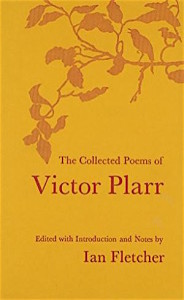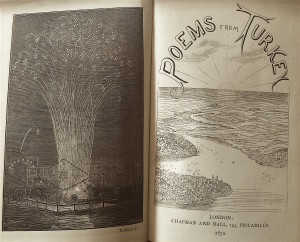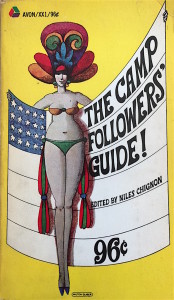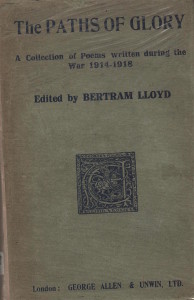Retrieved from our old Bookride site – this not unamusing extract from an 1820s English/ French conversation manual. It gives an interesting insight into a vanished world. It is followed by our modern version where the translation was slightly robotic, so apologies for that…

Note the concern with the appearance and quality of the books, the perennial problems with trying to get the binder to do what the bookseller and customer wants, and on time. The eagerness of the collector to be the first to be offered fresh stock from the shop has changed very little. Still with us are the problems of delay in postal sytems… Also it is interesting that in the early nineteenth century women bookbuyers were thought likely to be attracted to ‘Large Paper Copies’ and vellum bound books. The customer’s knowledge of book lore and binding styles has changed somewhat.

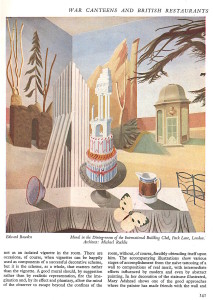 It is a sad fact that most of the best mural paintings executed in canteens, cafes and restaurants in the UK no longer exist. Unlike those executed for some public buildings, those in private premises are subject to the taste of those who take over the property. By far the most notorious example was, of course, the murals executed around 1913 on the walls of Rudolf Stulik’s Restaurant de la Tour Eiffel in Percy Street, just off Tottenham Court Road, by Wyndham Lewis, which were later painted over.
It is a sad fact that most of the best mural paintings executed in canteens, cafes and restaurants in the UK no longer exist. Unlike those executed for some public buildings, those in private premises are subject to the taste of those who take over the property. By far the most notorious example was, of course, the murals executed around 1913 on the walls of Rudolf Stulik’s Restaurant de la Tour Eiffel in Percy Street, just off Tottenham Court Road, by Wyndham Lewis, which were later painted over.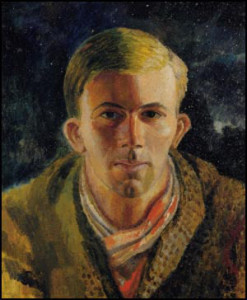 Found amongst the papers of the late distinguished bookseller and publisher Joan Stevens this cutting from a catalogue. It appears to be dated in 1976, bookseller not named but it does not sound like Joan.
Found amongst the papers of the late distinguished bookseller and publisher Joan Stevens this cutting from a catalogue. It appears to be dated in 1976, bookseller not named but it does not sound like Joan.  Found – this newscutting from The Times (London 1926) about the origins of the much loved hymn ‘Abide with me’ by
Found – this newscutting from The Times (London 1926) about the origins of the much loved hymn ‘Abide with me’ by 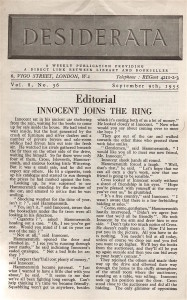
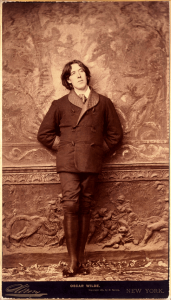
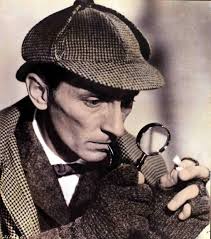 We all know about the nerds who post online corrections to errors or omissions in books, films, dramatisations and the like. Well back in 1987 , before the Internet made it all too easy, there were people like R. Lujer, who typed their complaints to—in this case—the publisher of Peter Haining’s The Television Sherlock Holmes. Haining, who was doubtless royally entertained by this particular letter, kept it in his Archive. Here it is in full.
We all know about the nerds who post online corrections to errors or omissions in books, films, dramatisations and the like. Well back in 1987 , before the Internet made it all too easy, there were people like R. Lujer, who typed their complaints to—in this case—the publisher of Peter Haining’s The Television Sherlock Holmes. Haining, who was doubtless royally entertained by this particular letter, kept it in his Archive. Here it is in full.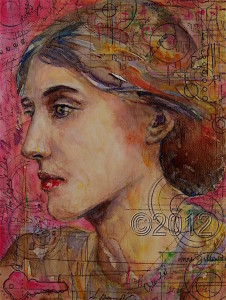
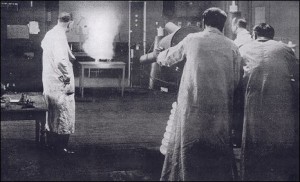
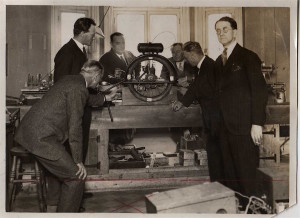
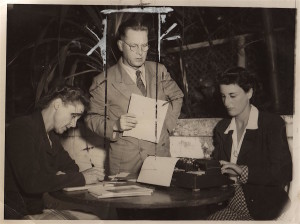
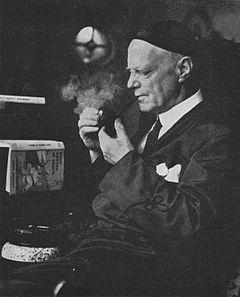


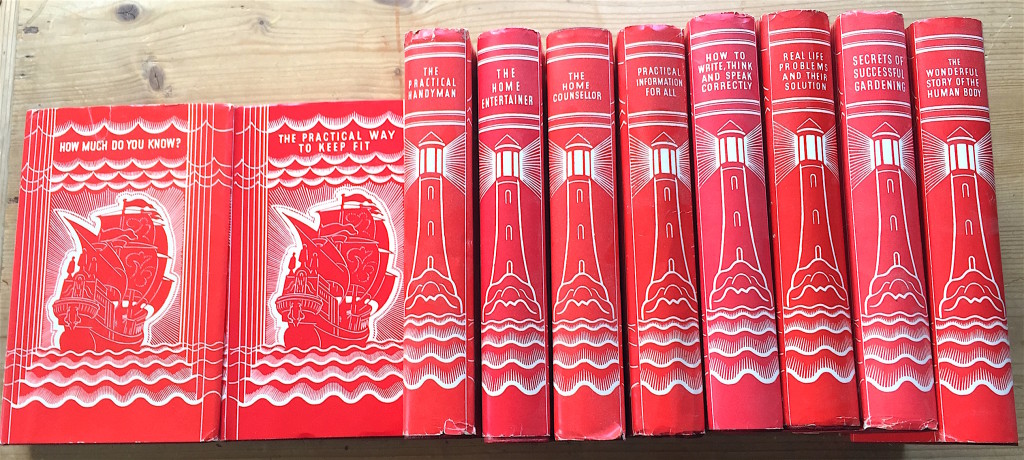

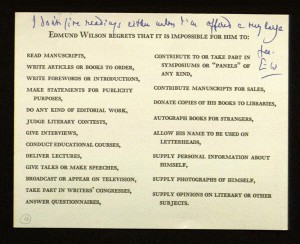 This was sent by
This was sent by 